Water treatment mature technology
- Categories:News
- Author:
- Origin:
- Time of issue:2021-04-07
- Views:0
(Summary description)In general, when the normalized flux decreases by 10-15%, or the system desalination rate decreases by 10-15%, or the operating pressure and the pressure difference between sections increase by 10-15%, the RO system should be cleaned. The cleaning frequency is directly related to the system pretreatment degree. When SDI15<3, the cleaning frequency may be 4 times a year; when SDI15 is about 5, the cleaning frequency may be doubled, but the cleaning frequency depends on each item actual situation on site.
Water treatment mature technology
(Summary description)In general, when the normalized flux decreases by 10-15%, or the system desalination rate decreases by 10-15%, or the operating pressure and the pressure difference between sections increase by 10-15%, the RO system should be cleaned. The cleaning frequency is directly related to the system pretreatment degree. When SDI15<3, the cleaning frequency may be 4 times a year; when SDI15 is about 5, the cleaning frequency may be doubled, but the cleaning frequency depends on each item actual situation on site.
- Categories:News
- Author:
- Origin:
- Time of issue:2021-04-07
- Views:0
1 How often should a reverse osmosis system be cleaned?
In general, when the normalized flux decreases by 10-15%, or the system desalination rate decreases by 10-15%, or the operating pressure and the pressure difference between sections increase by 10-15%, the RO system should be cleaned. The cleaning frequency is directly related to the system pretreatment degree. When SDI15<3, the cleaning frequency may be 4 times a year; when SDI15 is about 5, the cleaning frequency may be doubled, but the cleaning frequency depends on each item actual situation on site.
2 What is SDI?
At present, the best technique for evaluating the possibility of colloidal pollution in the RO/NF system influent water is to measure the sedimentation density index (SDI, also known as the fouling index) of the influent water, which is an important parameter that must be determined before RO design. During RO/NF operation, measurements must be made periodically (2-3 times a day for surface water), and ASTM D4189-82 specifies the standard for this test. The water inlet of the membrane system is stipulated that the SDI15 value must be less than or equal to 5. Effective technologies for reducing SDI pretreatment are multi-media filters, ultrafiltration, microfiltration, etc. The addition of polydielectrics prior to filtration can sometimes enhance the ability of the physical filtration described above to lower the SDI value.
3 In general, should the reverse osmosis process or the ion exchange process be used for the influent water?
Under many influent conditions, it is technically feasible to use ion exchange resin or reverse osmosis, and the choice of process should be determined by economic comparison. In general, the higher the salt content, the more economical the reverse osmosis will be. The lower the amount, the more economical the ion exchange is. Due to the widespread popularity of reverse osmosis technology, the combination of reverse osmosis + ion exchange process or multi-stage reverse osmosis or reverse osmosis + other deep desalination technologies has become a recognized technical and economical more reasonable water treatment solution.
4 How many years can the reverse osmosis membrane element generally be used?
The service life of the membrane depends on the chemical stability of the membrane, the physical stability of the components, the cleanability, the influent water source, the pretreatment, the cleaning frequency, the level of operation management, etc. Usually more than 5 years according to economic analysis.
5 What is the difference between reverse osmosis and nanofiltration?
Nanofiltration is a membrane liquid separation technology located between reverse osmosis and ultrafiltration. Reverse osmosis can remove the smallest solutes with a molecular weight of less than 0.0001 microns, and nanofiltration can remove solutes with a molecular weight of about 0.001 microns. Nanofiltration is essentially a low-pressure reverse osmosis, which is used in cases where the purity of the produced water after treatment is not particularly strict. Nanofiltration is suitable for the treatment of well water and surface water. Nanofiltration is suitable for water treatment systems that do not have a high desalination rate like reverse osmosis, but it has a high removal capacity for hardness components, sometimes called "softening membrane", the operating pressure of the nanofiltration system is low, and the energy consumption is lower than The corresponding reverse osmosis system.
6 What kind of separation capability does membrane technology have?
Reverse osmosis is the most sophisticated liquid filtration technology at present. The reverse osmosis membrane can intercept inorganic molecules such as soluble salts and organic substances with a molecular weight greater than 100. On the other hand, water molecules can freely pass through the reverse osmosis membrane. The salt removal rate is >95-99%. Operating pressures range from 7 bar (100 psi) in brackish water to 69 bar (1000 psi) in sea water. Nanofiltration can remove impurities with a particle size of 1 nm (10 angstroms) and organic substances with a molecular weight greater than 200 to 400. The removal rate of dissolved solids is 20 to 98%, and the removal rate of salts containing monovalent anions (such as NaCl or CaCl2) is 20-80%, while the salts containing divalent anions (such as MgSO4) have a higher removal rate of 90-98%. Ultrafiltration has a separation effect on macromolecules larger than 100 to 1,000 angstroms (0.01 to 0.1 microns). All soluble salts and small molecules can pass through the ultrafiltration membrane, and the substances that can be removed include colloids, proteins, microorganisms and macromolecular organics. Most ultrafiltration membranes have a molecular weight cutoff of 1,000 to 100,000. The range of microfiltration to remove particles is about 0.1 to 1 micron. Usually, suspended solids and large particle colloids can be retained while macromolecules and dissolved salts can freely pass through the microfiltration membrane. For flocs or total suspended solids TSS, the pressure on both sides of the membrane is typically 1 to 3 bar.
7 Who sells membrane cleaners or provides cleaning services?
Water treatment companies can provide special membrane cleaners and cleaning services. Users can purchase cleaning agents for membrane cleaning according to the recommendations of membrane companies or equipment suppliers.
8 What is the maximum allowable silica concentration in the reverse osmosis membrane?
The maximum allowable concentration of silica depends on temperature, pH value and scale inhibitor. Usually, the maximum allowable concentration at the concentrated water end is 100ppm when no scale inhibitor is added. Some scale inhibitors can allow the highest concentration of silica in the concentrated water. 240ppm, please consult antiscalant supplier.
9 What is the effect of chromium on RO membrane?
Certain heavy metals such as chromium can catalyze the oxidation of chlorine, which in turn causes irreversible performance degradation of the diaphragm. This is because Cr6+ is less stable than Cr3+ in water. It seems that metal ions with high oxidation valences have a stronger destructive effect. Therefore, the concentration of chromium should be reduced in the pretreatment part or at least Cr6+ should be reduced to Cr3+.
10 What kind of pretreatment is generally required for RO systems?
The usual pretreatment system consists of the following: coarse filtration (80 microns) to remove large particles, adding oxidants such as sodium hypochlorite, then precision filtration through a multi-media filter or clarifier, and adding sodium bisulfite to reduce residual chlorine and other oxidants, and finally Install a safety filter before the high pressure pump inlet. The role of the security filter is as the name implies, it is the ultimate insurance measure to prevent the damage of the impeller and membrane elements of the high-pressure pump by accidental large particles. Water sources with more suspended particulates usually require a higher degree of pretreatment to meet the specified water intake requirements; for water sources with high hardness content, softening or adding acid and scale inhibitors are recommended. High water sources also require the use of activated carbon or anti-fouling membrane elements.
11 Can reverse osmosis remove microorganisms such as viruses and bacteria?
Reverse osmosis (RO) is very dense and has a very high removal rate of viruses, phages and bacteria, at least above 3log (removal rate >99.9%). However, it should also be noted that in many cases, microorganisms may still breed on the water side of the membrane, which mainly depends on the way of assembly, monitoring and maintenance. That is to say, the ability of a certain system to remove microorganisms depends on the key. It depends on the appropriateness of system design, operation and management rather than the nature of the membrane element itself.
12 How does temperature affect water production?
The higher the temperature, the higher the water production, and vice versa, when operating at a higher temperature, the operating pressure should be lowered to keep the water production unchanged, and vice versa.
13 What is particle and colloidal contamination? How is it determined?
Once the reverse osmosis or nanofiltration system is fouled by particles and colloids, it will seriously affect the water production of the membrane, and sometimes reduce the salt rejection rate. The early symptoms of colloid fouling are the increase of system pressure difference. The sources of particles or colloids in the membrane influent water source vary from place to place, and often include bacteria, sludge, colloidal silicon, iron corrosion products, etc., and the drugs used in the pretreatment part, such as polymerization Aluminum and ferric chloride or cationic polydielectrics can also cause fouling if not effectively removed in clarifiers or media filters. In addition, the cationic polydielectric will also react with the anionic scale inhibitor, and its sediment will foul and block the membrane element. The tendency of such fouling in the water or whether the pretreatment is qualified shall be evaluated by SDI15.
14 How long is the maximum allowable shutdown without system flushing?
If the system uses post-inhibitor, when the water temperature is between 20 and 38 °C, it will take about 4 hours; when it is below 20 °C, it will be about 8 hours; if the system does not use scale inhibitor, it will be about 1 day.
15 How can the energy consumption of the membrane system be reduced?
Low energy consumption membrane elements can be used, but it should be noted that their salt rejection rate is slightly lower than that of standard membrane elements.
16 Can the reverse osmosis pure water system be started and stopped frequently?
The membrane system is based on continuous operation as the design basis, but in actual operation, there will always be a certain frequency of startup and shutdown. When the membrane system is shut down, the permeate water or pretreated water must be used for low-pressure flushing to replace the concentrated water with high concentration but containing scale inhibitor from the membrane element. Measures should also be taken to prevent water from leaking out of the system and introducing air, as there may be an irreversible loss of permeate flux if the element loses water and dries out. If the downtime is less than 24 hours, no measures to prevent microbial growth are required. However, if the downtime exceeds the above-mentioned provisions, protective fluid should be used for system preservation or the membrane system should be flushed regularly.
17 How to determine the direction of the brine sealing ring installed on the membrane element?
It is required that the brine sealing ring on the membrane element is installed on the water inlet end of the element, and the opening faces the water inlet direction. When the pressure vessel is fed with water, its opening (lip) will be further opened, completely sealing the water from the membrane element and the water inlet. Bypass flow between the inner walls of a pressure vessel.
18 How to remove silicon from water?
Silicon exists in two forms in water, active silicon (monomeric silicon) and colloidal silicon (multi-component silicon): colloidal silicon has no ionic characteristics, but is relatively large in scale, and colloidal silicon can be trapped by fine physical filtration processes, such as reverse Osmosis, which can also be reduced in water by coagulation techniques, such as coagulation clarifiers, but separation techniques that rely on ionic charge characteristics, such as ion exchange resins and continuous electrodeionization (CDI) processes, are very effective at removing colloidal silica limited. The size of active silicon is much smaller than that of colloidal silicon, so most physical filtration techniques such as coagulation clarification, filtration and air flotation cannot remove active silicon. The processes that can effectively remove active silicon are reverse osmosis, ion exchange and continuous Electrodeionization process.
19 What is the effect of pH on removal rate, permeate yield and membrane life?
The corresponding pH range of reverse osmosis membrane products is generally 2 to 11. pH has little effect on the performance of the membrane itself, which is one of the distinctive features different from other membrane products. However, the characteristics of many ions in water are greatly affected by pH. For example, weak acids such as citric acid are mainly in a non-ionic state at low pH, but dissociate and become ionic at high pH. Because the same ion has a high degree of charge, the removal rate of the membrane is high. If the degree of charge is low or not charged, the removal rate of the membrane is low. Therefore, pH has a great influence on the removal rate of certain impurities.
20 What is the relationship between influent TDS and conductivity?
When the influent conductivity value is obtained, it must be converted into a TDS value so that it can be entered during software design. For most water sources, the ratio of conductivity/TDS is between 1.2 and 1.7. For ROSA design, the ratio of 1.4 for seawater and 1.3 for brackish water is used for conversion, usually a better approximate conversion rate can be obtained.
21 How do I know if the membrane has been contaminated?
The following are common symptoms of fouling: Under standard pressure, water production decreases. In order to achieve standard water production, the operating pressure must be increased v the pressure drop between the influent and concentrated water increases v, the weight of the membrane element increases v the membrane removal rate changes significantly (Increase or decrease) When the element is taken out from the pressure vessel, pour the water on the inlet side of the membrane element that is erected, the water cannot flow through the membrane element, and only overflows from the end face (indicating that the inlet water channel is completely blocked).
22 How to prevent the growth of microorganisms in the original packaging of the membrane element?
When the protective solution appears cloudy, it is likely due to the growth of microorganisms. Membrane elements protected with sodium bisulfite should be inspected every three months. When the protective solution becomes cloudy, the components should be taken out from the preservation sealed bag and re-soaked in a fresh protective solution with a concentration of 1% (weight) food-grade sodium bisulfite (not activated by cobalt) for about 1 hour. , and reseal, drain components before repackaging.
23 What are the water inlet requirements for RO membrane element and IX ion exchange resin?
In theory, the RO and IX systems should not contain the following impurities: suspended solids, colloids, calcium sulfate, algae, bacteria, oxidants, such as residual chlorine, oil or lipid substances (must be lower than the detection limit of the instrument), organic matter And iron-organic complexes, metal oxides such as iron, copper, aluminum corrosion products, and influent water quality will have a huge impact on the life and performance of RO components and IX resins.
24 What impurities can RO membrane remove?
RO membrane can remove ions and organics very well, reverse osmosis membrane has higher removal rate than nanofiltration membrane, reverse osmosis can usually remove 99% of salt in feed water, and the removal rate of organic matter in feed water ≥99%.
25 How do you know which cleaning method to use for your membrane system?
In order to obtain the best cleaning results, it is very important to choose the cleaning agent and cleaning steps that can be symptomatic. Incorrect cleaning can actually worsen system performance. Generally speaking, inorganic fouling pollutants, it is recommended to use acidic cleaning solutions, microbial or organic contaminants, alkaline cleaning solution is recommended.
26 Why is the pH of RO product water lower than that of influent water?
The best answer to this question can be found when the balance between carbon dioxide, bicarbonate, and carbonate is known. In a closed system, the relative content of carbon dioxide, bicarbonate, and carbonate varies with pH. Changes, low pH conditions, carbon dioxide predominates, in the medium pH range, mainly bicarbonate, in the high pH range, mainly carbonate. Since the RO membrane can remove soluble ions but cannot remove soluble gases, the content of carbon dioxide in RO produced water is basically the same as that in RO influent, but bicarbonate and carbonate can often be reduced by 1 to 2 order of magnitude, this will break the balance between carbon dioxide, bicarbonate and carbonate in the influent. In a series of reactions, carbon dioxide will combine with H2O and the following reaction equilibrium will shift until a new equilibrium is established: if the influent contains Carbon dioxide, the pH value of RO product water will always decrease. For most RO systems, the pH value of reverse osmosis product water will drop by 1 to 2 pH values. When the influent alkalinity and bicarbonate are high, the product water will The pH value dropped even more. There are very few influent water, containing less carbon dioxide, bicarbonate or carbonate, so that the pH value of the produced water changes less. Some countries and regions have regulations on the pH value of drinking water, which is generally 6.5 to 9.0. , According to our understanding, this is to prevent the corrosion of the water pipeline, and drinking water with a low pH value itself will not cause any health problems. It is well known that many commercially available carbonated beverages have a pH value between 2 and 4.
Scan the QR code to read on your phone
-- Recommend --












Shijiazhuang Tianwang Environmental Protection Technology Co., Ltd.
Shijiazhuang Tianwang Environmental Protection Technology Co., Ltd. is a high-tech enterprise specializing in the research and development, manufacturing and sales of water treatment equipment.
Contact information
Production address: No. 9, Fengchan Road, Economic and Technological Development Zone, Shijiazhuang City
Office Address: 25th Floor, Block C, No. 310 Changjiang Avenue, Shijiazhuang High-tech Development Zone
Contact number:
Copyright ©2022 Shijiazhuang Tianwang Environmental Protection Technology Co., Ltd. 冀ICP备13019843号-1 Powered by 300.cn SEO

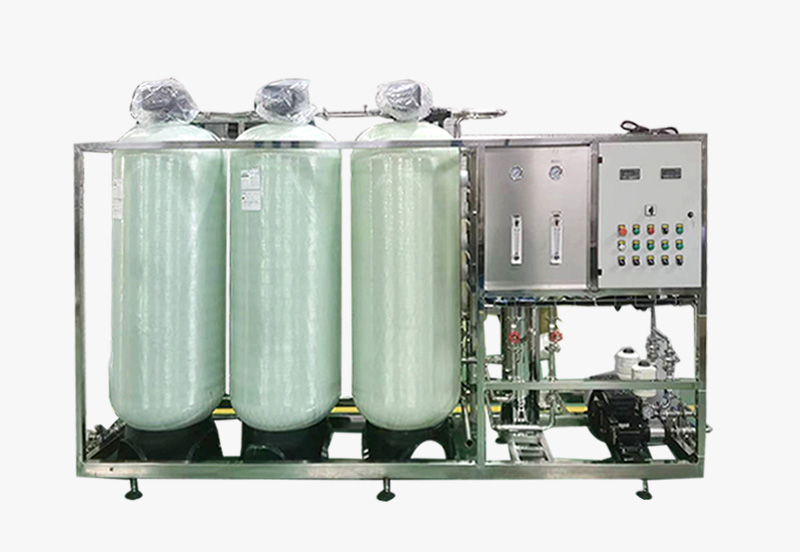
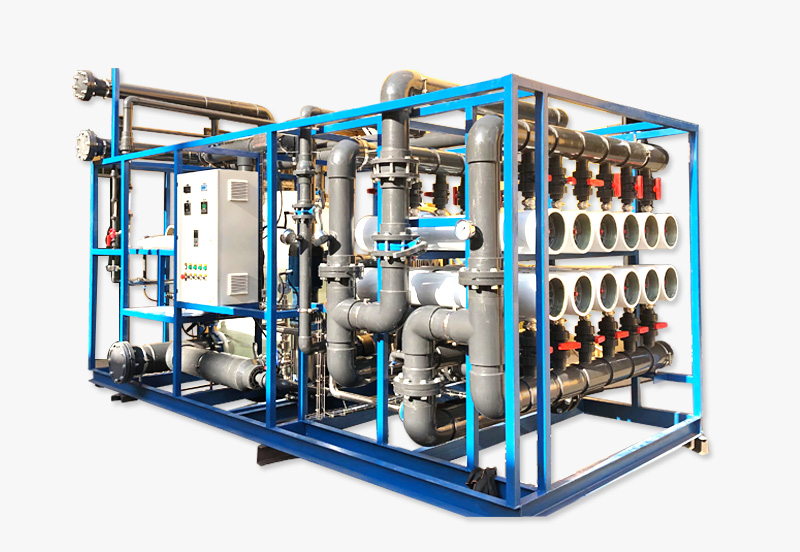
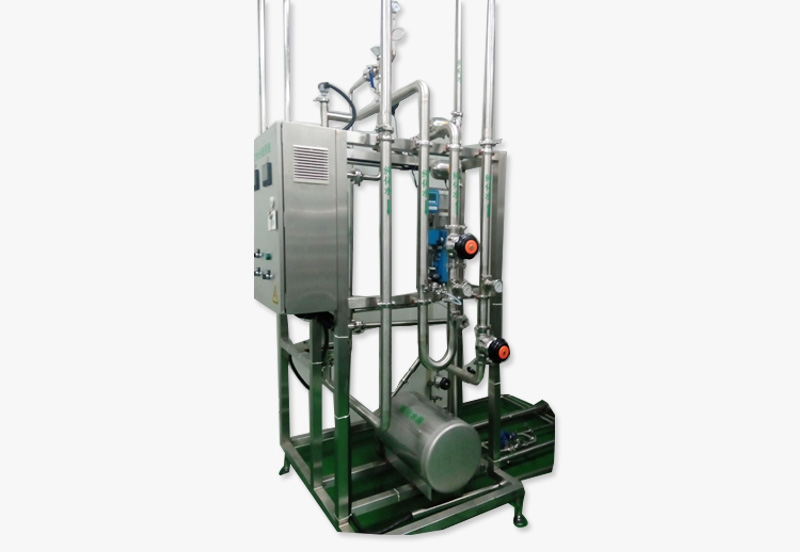
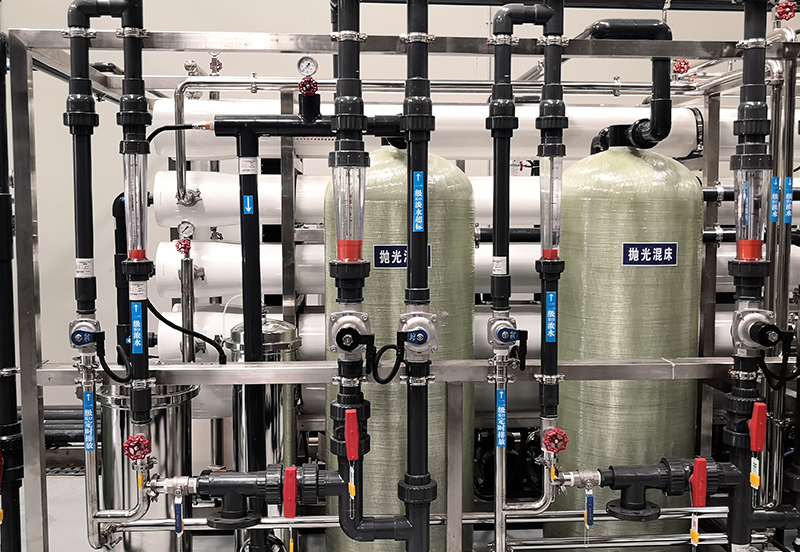
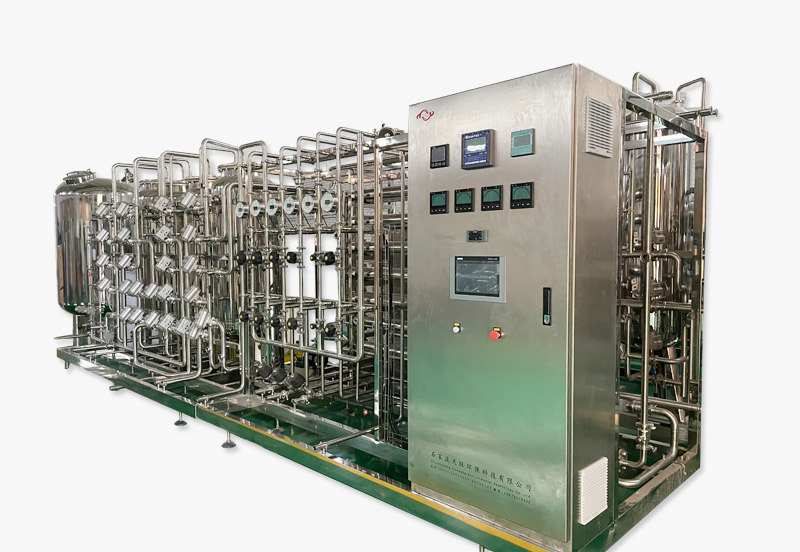
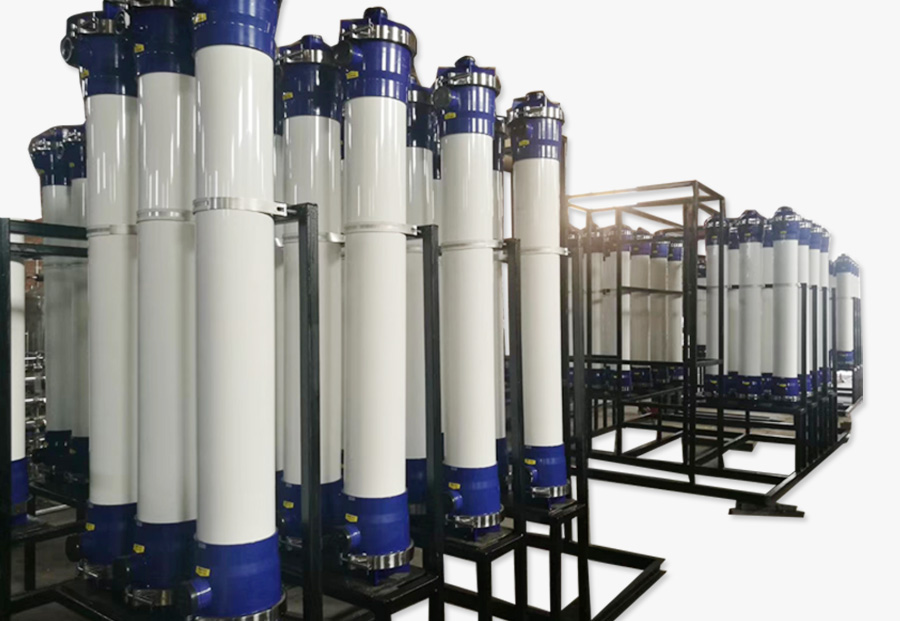

 0311-89272359
0311-89272359


 Message
Message
 Message
Message
